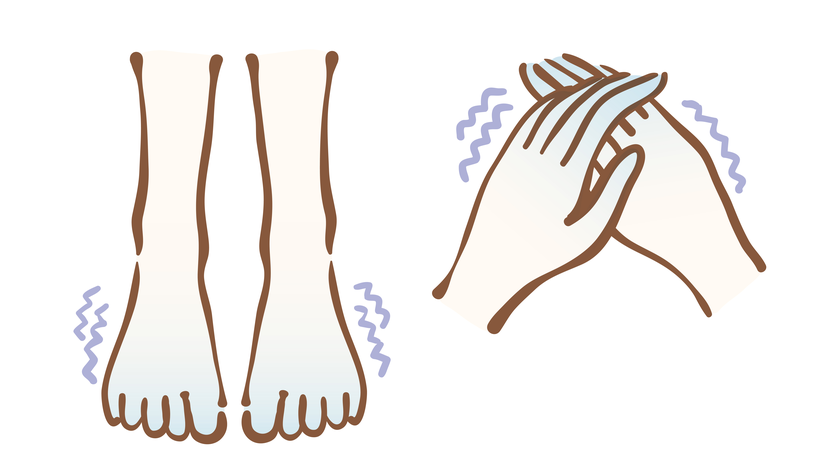Many people tend to experience cold hands and feet from time to time. It’s a common occurrence, albeit an annoying one.
“Cold hands and feet are a common complaint,” vascular medicine specialist G. Jay Bishop, MD explained to Cleveland Health Clinic. “But generally, when this happens in young healthy people, it isn’t anything to worry about.”
In most cases, icy toes and fingers are nothing to worry about; they are signs of Raynaud’s phenomenon, a benign condition that causes blood vessels in the feet and hands to be overly
In other cases, chilly extremities can be a sign of an underlying health issue, so it’s important to know what other symptoms to watch for.
If you have cold fingers and toes, along with any of these symptoms, experts recommend talking to your doctor about checking for an underlying rheumatologic or vascular disease:
- Thickening or tightening of the skin
- Poorly healing sores or cracks on the fingertips or toes
- Fatigue
- Weight changes
- Fever
- Joint pain
- Rashes
Cold hands and feet can also be a sign of peripheral arterial disease (PAD), a circulatory condition that occurs when arteries become narrowed or blocked, reducing blood flow to the arms and legs. Generally, this condition affects people 50 or older with a history of diabetes or smoking; however, people over 70 should get regular check ups.
Aside from cold feet and hands, these symptoms are usually associated with PAD:
- Leg cramping, heaviness, or pain when walking
- Hair loss on the shins
- Nail changes
- Painful sores on the feet or toes
How to Treat Cold Hands and Feet
If your doctor has ruled out any potentially serious conditions, there are some measures you can take on your own to help you cope with the chills. Wendy Slate, a Certified Hand Therapist with 38 years of experience, gave some tips to Healthline about what to do:
Wear mittens instead of gloves.
“…Mittens keep your fingers together and conserve warmth,” Slate said.
Treat your hands and feet to a paraffin wax bath.
Paraffin wax is a good way to not only warm up your hands, but also to relieve arthritis pain.
“You can buy a paraffin wax kit to do this at home,” Slate said. “After immersing your hands in the paraffin, put a plastic bag around them to keep the heat in, and then wrap your hands in towels.”
Use heat with moisture.
According to Slate,“moist heat penetrates better.” She recommended using moist heat packs that can be warmed up in the microwave. “You can buy these at craft fairs. They’re filled with beans, rice, or other grains that give out moist heat when you microwave them,” Slate said.
Avoid direct contact with frozen items.
Slate suggested avoiding the freezer sections in stores if you have Raynaud’s, and wearing gloves if you do have to reach into the freezer.
Look into biofeedback therapy.
Another technique that Slate recommended trying is temperature biofeedback.
“This uses imagery to bring increased circulation to the hands. You need a therapist to train you to do this. You use imagery like running your hands through hot sand to help raise the hand temperature.”



